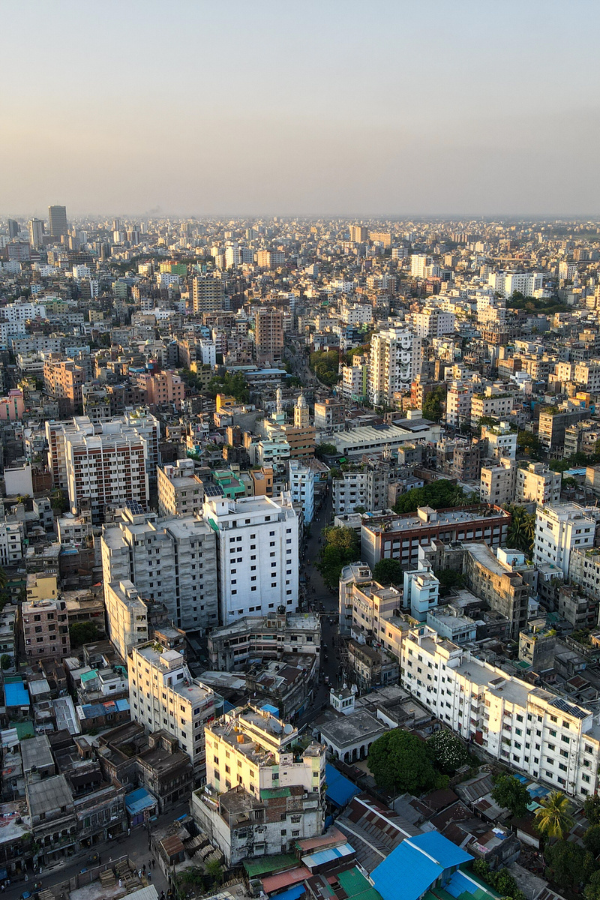

Challenges Faced by the Most Densely Populated Cities in the World
Summary
Reflection Questions
Journal Prompt
Living in a densely populated city like Manhattan or Tokyo comes with certain perks—think: access to jobs, culinary diversity, quality public services, and so much more. Of course, high population density also creates serious problems. Whether through the vertical development seen in Hong Kong and Tokyo or through the sprawling informal settlements that are common in parts of Dhaka and Manila, it’s interesting to see how different cities around the globe handle increasing population density. Let’s take a closer look at some of the world’s most densely populated cities and how their urban planners mitigate the challenges that come with crowded living quarters.
How Did the High Density City Get Its Start?
The world’s first metropolises—think Babylon, Athens, and Rome—were driven by trade, governance, and cultural exchange. Early cities often featured compact living arrangements and public spaces like forums and markets. Together, these public and private spaces fostered social and economic interactions that propelled civilization forward.
Of course, the real transformation toward high-density urban living began during the Industrial Revolution in the late 18th and early 19th centuries. During this period, there was a massive shift from agrarian economies to industrialized societies that prompted millions of people in search of employment to migrate from rural areas to urban centers.
London, Paris, and NYC During the Industrial Revolution
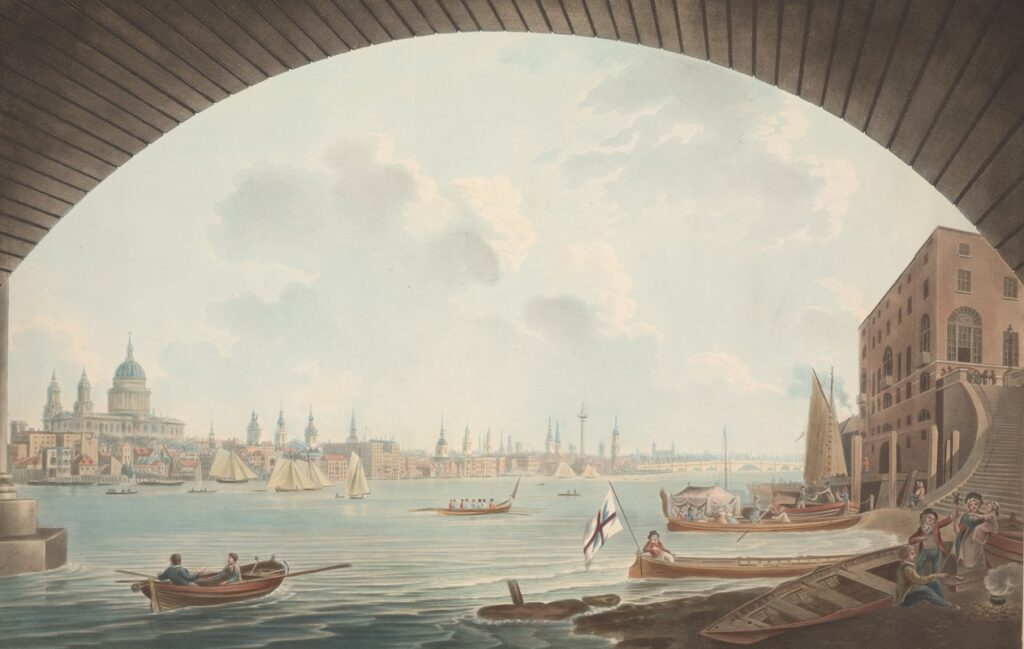

London, New York, and Paris were just a handful of cities that experienced unprecedented growth and some of the most intense increases in population density in the world during the Industrial Revolution. Take London for example. The city covered an area of approximately 5 square miles within its core (the City of London and its immediate surrounding areas) during the 17th century, which resulted in a population density of roughly 115,000 people per square mile.
According to this article from The Guardian, “Between 1714 and 1840, London’s population swelled from around 630,000 to nearly 2 million.” Just a decade later in 1851, the population of London was about 2.5 million. By 1871, it had grown to around 3.3 million. The city also expanded in land area during this period, covering approximately 122 square miles by 1871. This results in a population density of roughly 27,000 people in population per square mile by the early 1870s. However, London was not the most densely populated city at this time.


Around the same period, Paris also experienced major population growth. By 1851, Paris had a population density of approximately 36,000 people per square mile. New York City’s population was growing rapidly as well. By 1850, the population density of Manhattan (New York City) was around 71,000 people per square mile, which made it denser than both London and Paris at that time. The city population of other rapidly growing countries also exploded—well beyond Europe and the United States. During the late 19th century, Shanghai’s population shot up—particularly in its international settlements.
Skyrocketing City Populations in Asia, Africa, and Beyond


Industrialization and related population density increases certainly were not limited to Europe and the United States during the 19th century. Calcutta grew rapidly during the British colonial period because it was a major administrative and commercial hub.
Tokyo—transformed from Edo during the Meiji Restoration—quickly became Japan’s primary political and cultural center. Simultaneously, Bombay’s development as a key port and industrial city under British rule attracted many migrants. Due to strategic modernization efforts, Cairo also saw major growth during the 19th century.
20th Century Skyscrapers and Transportation Systems Support High-Density Cities


Modern innovations like the steam engine, railways, and electric streetcars allowed cities to expand while accommodating larger populations within relatively confined spaces. In the 20th century, that urbanization trend continued—accelerated by technological advancements and economic opportunities.
Skyscrapers and high-rise buildings allowed cities like Chicago, Hong Kong, and Tokyo to substantially add to their populations. It was around this time that cities introduced urban planning and zoning laws to manage the growing urban sprawl and ensure the efficient use of space. They also developed public transportation systems—think subways and buses—to support high population densities by making commutes into the city more efficient.
Today’s Mega Cities
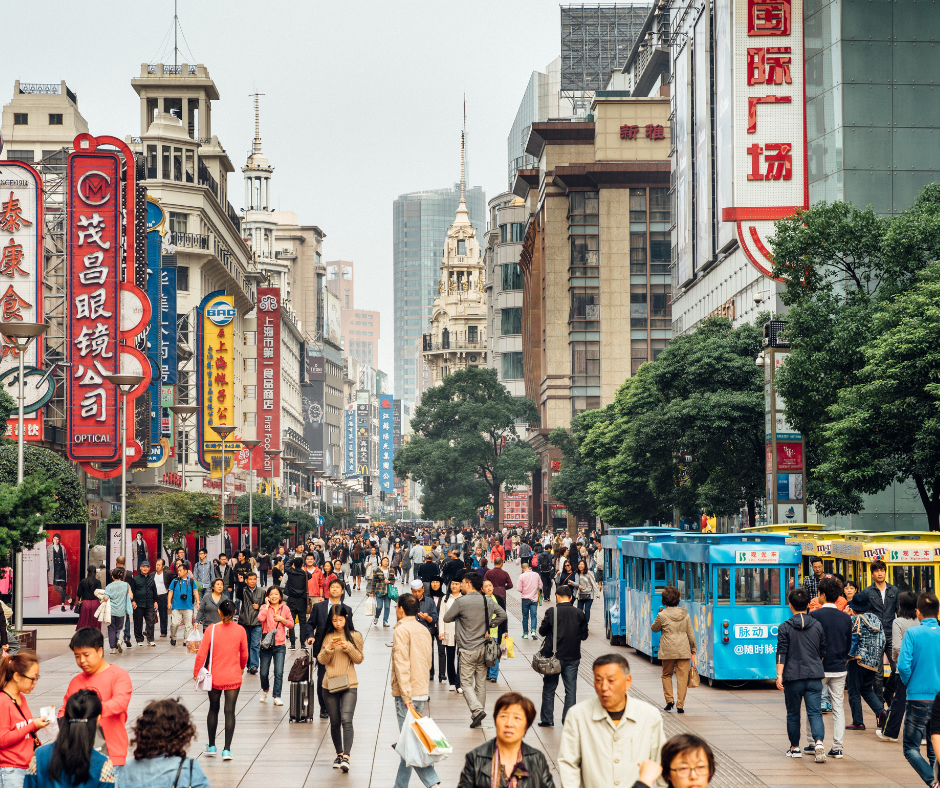

Today, high-density cities can be found all over the globe. In the U.S., New York City and NYC’s neighboring cities (Guttenberg, New Jersey, for example) take the cake. Megacities like Mumbai, Shanghai, and São Paulo exemplify the modern high-density urban environment beyond America.
Many love the amenities, opportunities, and cultural fusion of densely populated cities. However, these cities also face unique challenges—including infrastructure strain, housing shortages, and environmental concerns. Urban planners and policymakers now focus on sustainable development practices to address these challenges, but the ways in which solutions are applied differ widely depending on the city. Let’s take a closer look.
Benefits and Challenges of Living in a High-Density City
Of course, there are benefits of living in a well-managed, high-density city. One of the primary advantages is access to diverse amenities and services. In these cities, you’ll find a wide array of restaurants, shops, entertainment venues, and cultural institutions in very close proximity to your apartment or hotel. Healthcare, education, and public transportation are more readily available than in the country, which makes living in high-density cities more attractive to those who need these essential services.
Economic opportunities often proliferate in high-density cities (though not always). The concentration of businesses in cities with dense populations not only provides jobs to residents, but also fosters innovation and entrepreneurship. High population density helps support a robust local economy; small businesses and startups are more likely to thrive there due to large and ever-growing customer bases.
Cons of Living in Cities with the Highest Population Density Per Square Mile
Despite the many potential advantages of living in a high-density city, residents also struggle with unpleasant realities. One of the most pressing issues in these areas is the increasing strain on infrastructure and public services. A high concentration of people often means crowded public transportation, traffic congestion, and long wait times for healthcare and other essential services.
Another challenge is the high cost of living associated with high-density cities. The demand for housing in these urban areas can drive up property prices and rental rates. As we all know, lack of affordable housing can increase homelessness and housing insecurity. The higher cost of goods and services in these cities compounds the financial burden on residents. Competition for resources and opportunities worsens socioeconomic inequalities, as not all residents have equal access to the benefits that the city offers.
Five of the Most Densely Populated Cities in the World—And How They’re Handling It
Manila, Philippines — 119,600 people per square mile
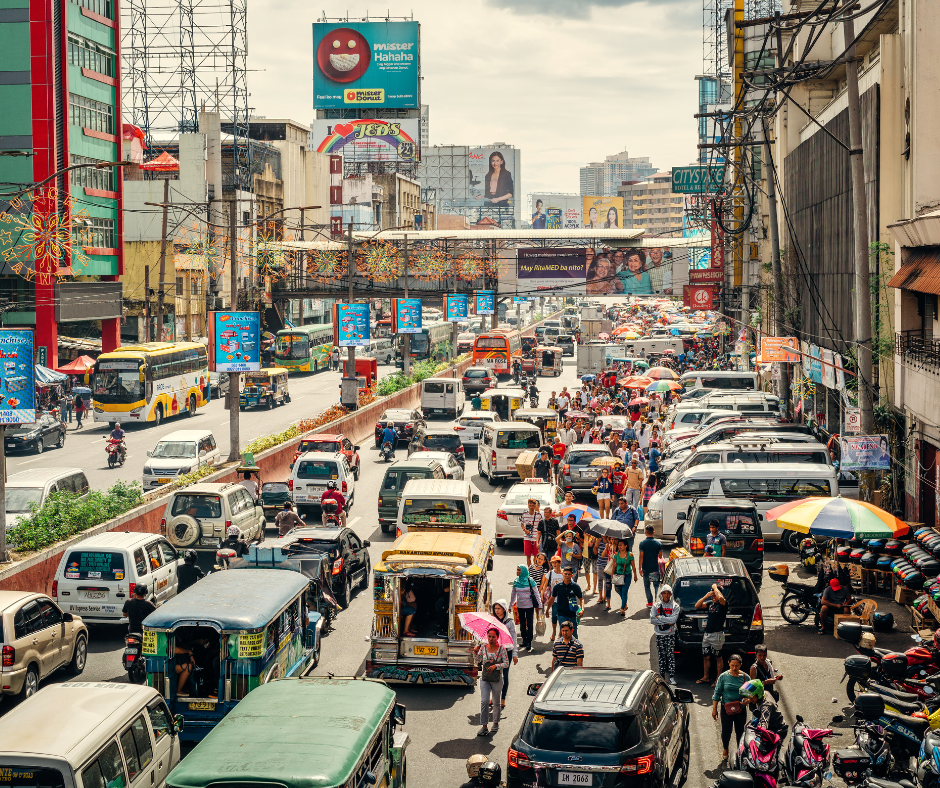

- Challenges: Traffic congestion, housing shortages, strained infrastructure, vulnerability to natural disasters due to its location in the Pacific Ring of Fire, flooding, and pollution.
- Solutions: Urban planning and zoning improvements, affordable housing projects, infrastructure upgrades, disaster preparedness initiatives, and investments in public transportation.
Manila’s population density is approximately 46,178 people per square kilometer. The capital city of the Philippines has faced challenges related to its high population density since the late 20th century. Rapid urbanization, a relatively high fertility rate, and migration from rural areas have led to significant issues. Traffic congestion is severe and worsening because of the limited road space and a high number of vehicles. This also affects local air quality. Housing shortages have produced a number of informal settlements and led overcrowding, while infrastructure for roads, water, and sanitation is under constant strain.
Fuel your creative fire & be a part of a supportive community that values how you love to live.
subscribe to our newsletter
*please check your Spam folder for the latest DesignDash Magazine issue immediately after subscription


Environmental concerns are amplified by Manila’s geography. As Chris Weller writes in this article for Business Insider, the city is “located on the Ring of Fire, a series of volcanoes in the Pacific Ocean that inundates Manila with earthquakes and typhoons.” The high population density exacerbates impacts of these natural disasters by complicating evacuation and disaster response efforts. The city’s geography and inadequate drainage systems make it prone to flooding during the rainy season. Pollution from industrial activities and inadequate waste management further compounds the city’s environmental issues.
Solutions to Manila’s Population Density Problem
Manila is tackling its population density issues through a number of different strategies. Urban planning and zoning improvements are promoting better land use and mixed-use developments to manage urban sprawl. Affordable housing projects are trying to relocate informal settlers to planned communities. Infrastructure upgrades have been funded to enhance roads, water supply, and sanitation systems. The city has also overhauled its disaster preparedness initiatives.
As for traffic, Jay Hilotin writes in an article for Gulf News that President Marcos hosted a town hall in April of this year, during which “the Philippine Department of Public Works and Highways (DPWH) unveiled several big-ticket projects to decongest traffic in the capital.” For example, the city is investing in a formalized subway system and plans to add more metro lines. Unfortunately, the scale of the problems has outpaced the implementation of many solutions.
Mumbai, India — 83,660 people per square mile
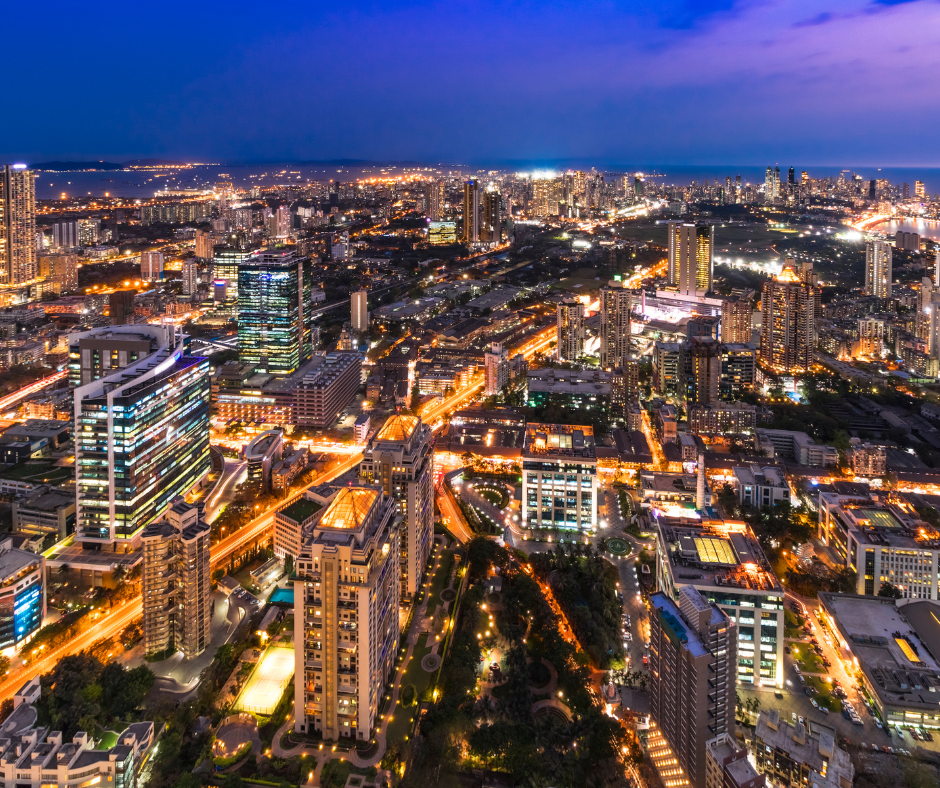

- Challenges: Traffic congestion, housing shortages, informal settlement proliferation, health and sanitation issues, vulnerability to flooding and climate change in general.
- Solutions: Expansion and modernization of public transportation, slum redevelopment projects, infrastructure improvements, sustainable urban planning, and disaster preparedness.
The financial capital of India, Mumbai has a population density of about 32,303 people per square kilometer. It constitutes approximately 0.255% of the world population. The city’s rapid population growth has been driven by extensive migration and high birth rates over the last several decades.
Quoting architecture professor Mustansir Dalvi in this article for The Guardian, Srinath Perur writes that “‘The one commodity in Mumbai costlier than gold is real estate…There is a kind of unbridled desire to keep building.'” Traffic congestion is a major problem due to the high number of vehicles and inadequate road infrastructure. Housing shortages have created dozens of informal settlements that exacerbate health and sanitation issues.
Mumbai is also vulnerable to environmental concerns—especially flooding during the monsoon season. This widespread flooding not only interrupts daily life but also damages important infrastructure. The city’s coastal location makes it susceptible to the effects of climate change—particularly rising sea levels.
Solutions to Mumbai’s Population Density Problem
Mumbai is expanding and modernizing its public transportation network—including metro, monorail, and suburban train systems—to ease traffic congestion. Redevelopment projects hope to provide better housing conditions and reduce informal settlements. Infrastructure improvements like enhanced water supply, sewage systems, and road networks are underway to support the growing population. The city also focuses on sustainable urban planning and disaster preparedness given its vulnerability to monsoons and other natural calamities.
Le Pré-Saint-Gervais, France — 66,420 people per square mile
- Challenges: Overcrowding, limited space for development, strain on infrastructure, traffic congestion, pressure on local amenities and services, and environmental sustainability concerns.
- Solutions: Sustainable urban development, mixed-use developments, investments in public transportation, urban renewal projects, and eco-friendly building practices.
Le Pré-Saint-Gervais—a small commune in the suburbs of Paris—has a population density of about 25,643 people per square kilometer. Despite its small size, the city faces challenges related to overcrowding, including limited space for new developments and strain on existing infrastructure. Traffic congestion is a growing issue due to narrow streets and high vehicle density.
The high population density puts pressure on local amenities and services—including schools, healthcare facilities, and public transportation. Environmental sustainability is equally concerning because there is limited green spaces and an ever-increasing need for efficient waste management systems.
Solutions to Le Pré-Saint-Gervais’ Population Density Problem
The city is addressing its population density by focusing on sustainable urban development and efficient use of limited space. Mixed-use developments are promoted to optimize land use and reduce urban sprawl. Investments in public transportation aim to minimize traffic congestion and enhance connectivity.
Urban renewal projects are upgrading existing infrastructure, including roads, public utilities, and green spaces. Eco-friendly building practices and community-driven initiatives help foster a more sustainable and livable urban environment.
Tokyo, Japan — 15,604 people per square mile
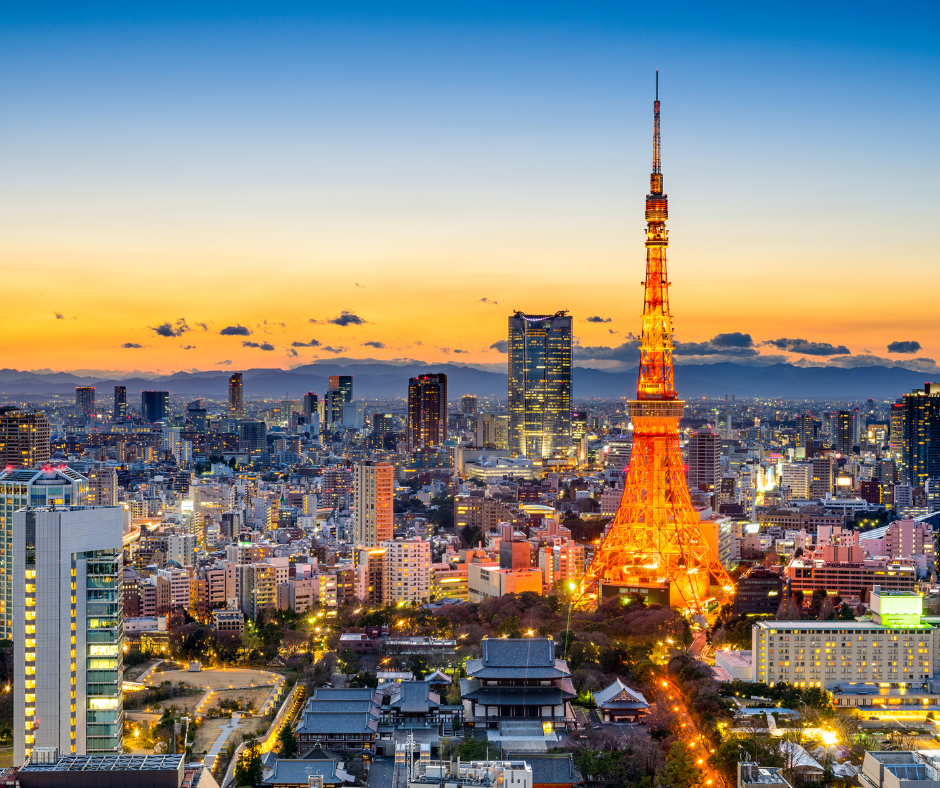

- Challenges: High population density, disaster risks (earthquakes, tsunamis).
- Solutions: Vertical development (high-rise buildings), comprehensive public transportation system, stringent building codes, regular disaster preparedness drills, focus on green spaces and public parks.
Tokyo, one of the most densely populated cities globally, has a population density of approximately 6,158 people per square kilometer. Tokyo faces high population density and significant disaster risks due to its location in a seismically active region. The city must manage traffic congestion, pollution, and limited space for development. Frequent earthquakes and the potential for tsunamis add to the complexity of urban management and disaster preparedness.
Solutions to Tokyo’s Population Density Problem
Tokyo manages its density through vertical development, constructing high-rise residential and commercial buildings to maximize space. The city boasts an efficient and comprehensive public transportation system that reduces reliance on personal vehicles. Stringent building codes ensure structures are resilient against earthquakes, and regular disaster preparedness drills enhance public readiness. Tokyo also emphasizes green spaces and public parks to improve the quality of urban life.
Port-au-Prince, Haiti — 70,950 people per square mile
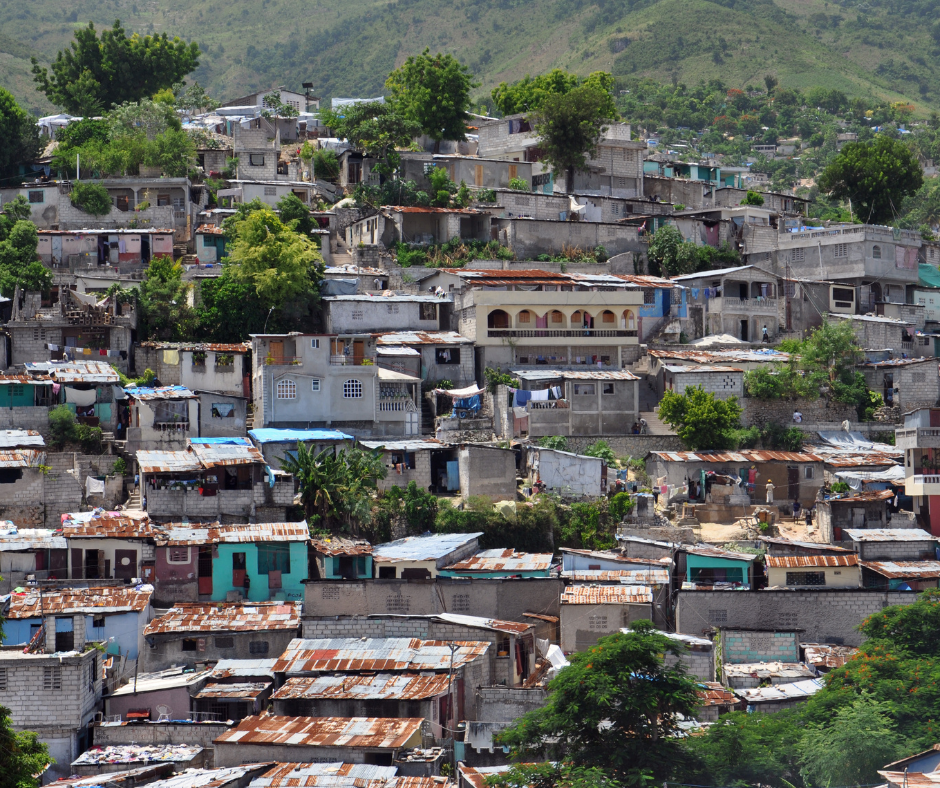

- Challenges: Inadequate infrastructure, housing shortages, traffic congestion, vulnerability to natural disasters (earthquakes, hurricanes).
- Solutions: Urban planning, affordable housing projects, infrastructure improvements (roads, water supply, sanitation), disaster preparedness initiatives (improved building codes, resilient infrastructure), international aid and development programs.
Port-au-Prince, the capital of Haiti, has a population density of about 27,395 people per square kilometer. Port-au-Prince struggles with inadequate infrastructure, housing shortages, and traffic congestion. The rapid influx of people has led to the growth of informal settlements with poor living conditions and limited access to basic services.
The city is highly vulnerable to natural disasters such as earthquakes and hurricanes. For example, the 2010 earthquake severely damaged the city’s infrastructure, and recovery efforts have been ongoing but slow.
Solutions to Port-au-Prince’s Population Density Problem
The city is improving urban planning and developing affordable housing projects to reduce informal settlements. Infrastructure improvements focus on rebuilding and enhancing roads, water supply, and sanitation systems.
Disaster preparedness initiatives will improve building codes, construct more resilient infrastructure, and educate the public on disaster response. International aid and development programs support these efforts. However, there are always political instability and limited resources continue to pose issues.
Final Thoughts on High-Density Cities
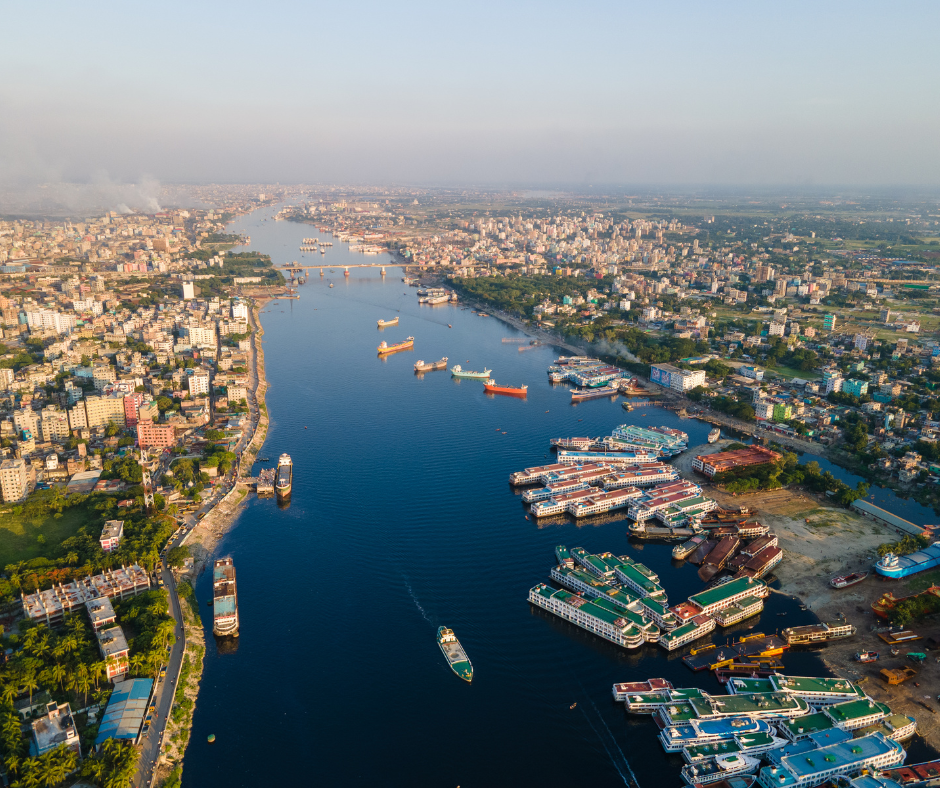

Of course, there are many other high-density cities in our world. For example, Bnei Brak, Israel (70,810 people per square mile), Levallois Perret, France (69,190 people per square mile), Subang Jaya, Malaysia (61,930 people per square mile), and Saint Mandé, France (63,680 people per square mile) are all incredibly dense. Each city’s planners are addressing the unique challenges presented by increasing population density in different ways. From building up to creating bedroom communities outside the city to improving existing infrastructure, this is not a one-size-fits-all situation. If you live in a densely-populated city, how are your representatives and community leaders mitigating these challenges? Let us know in the comments below!








